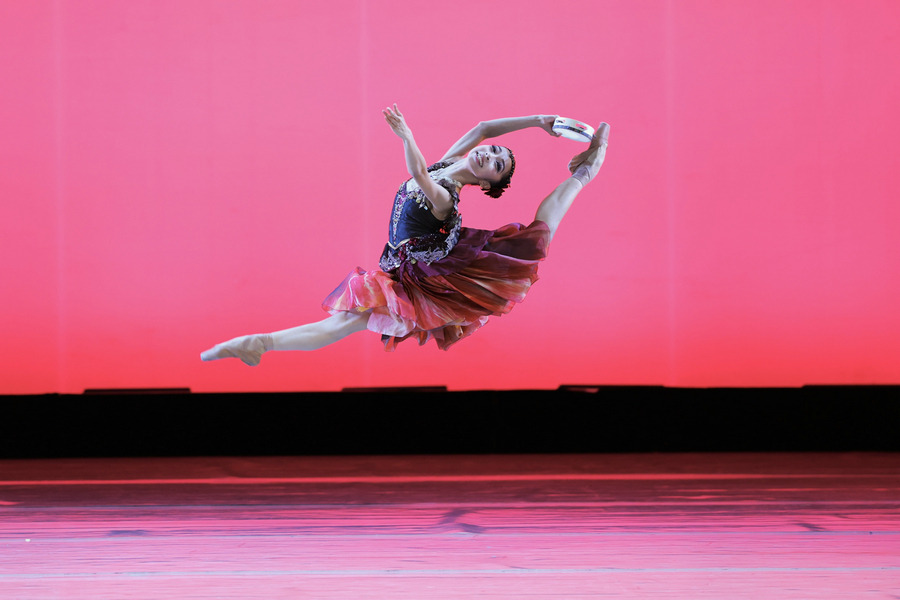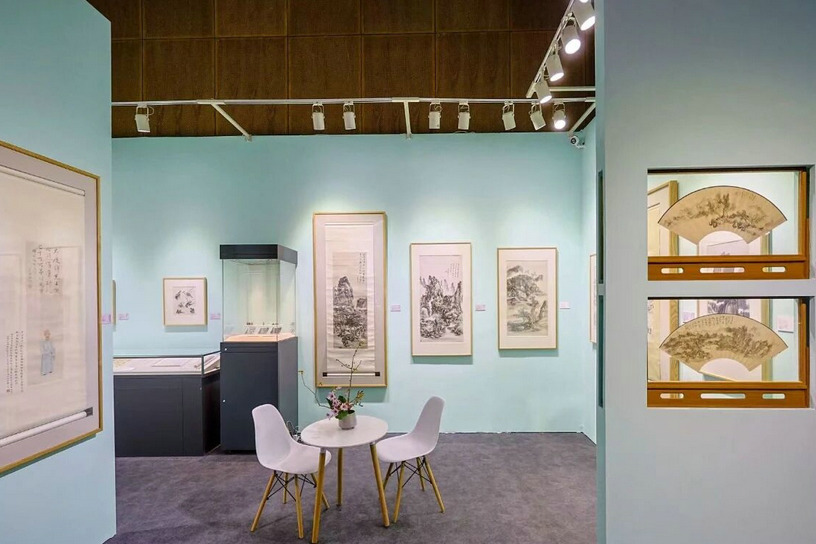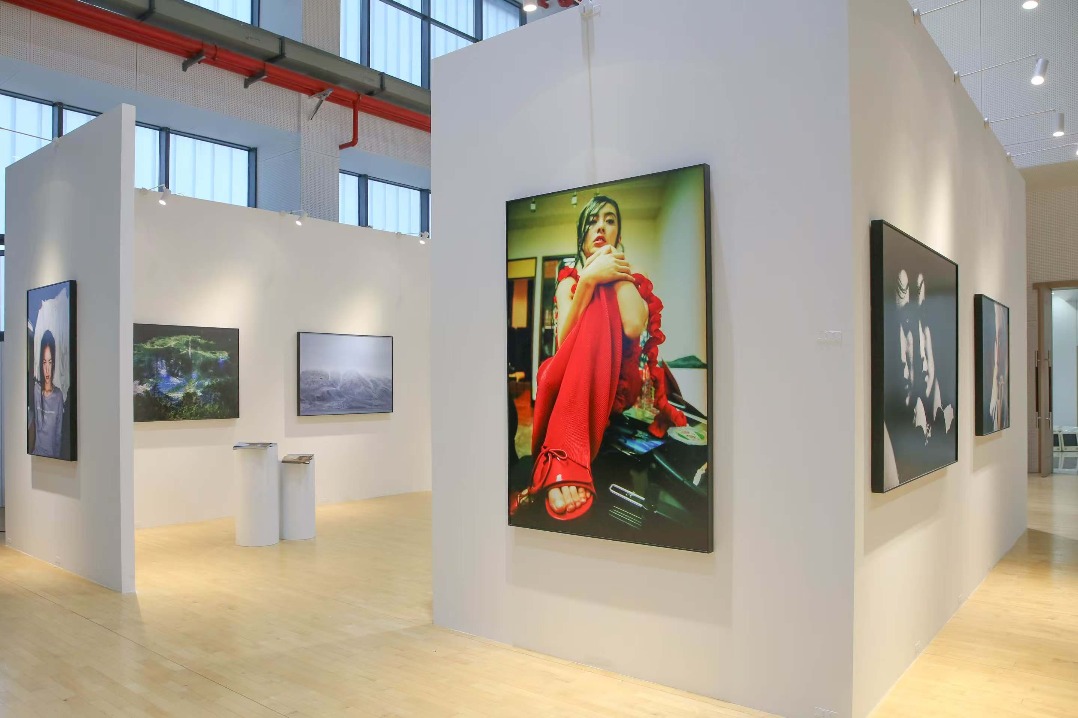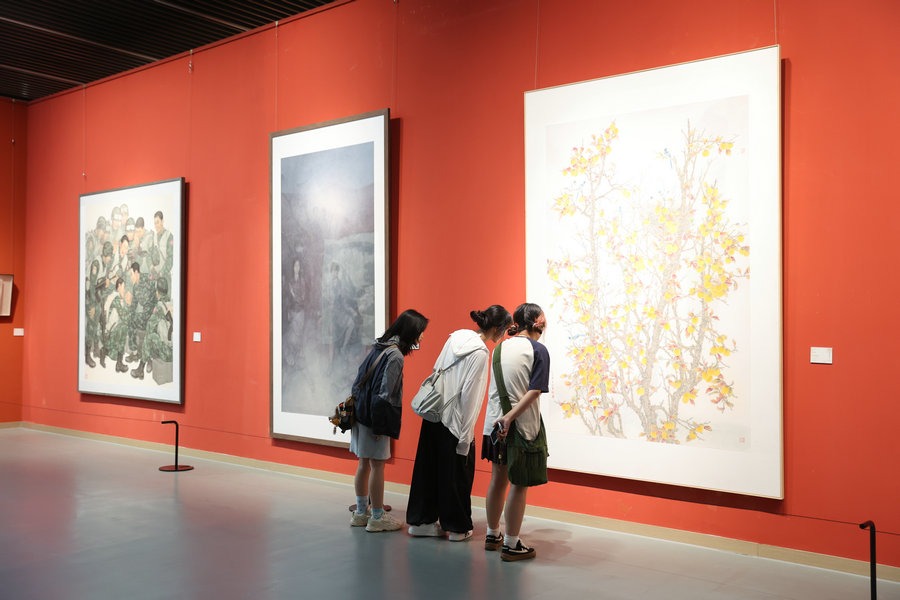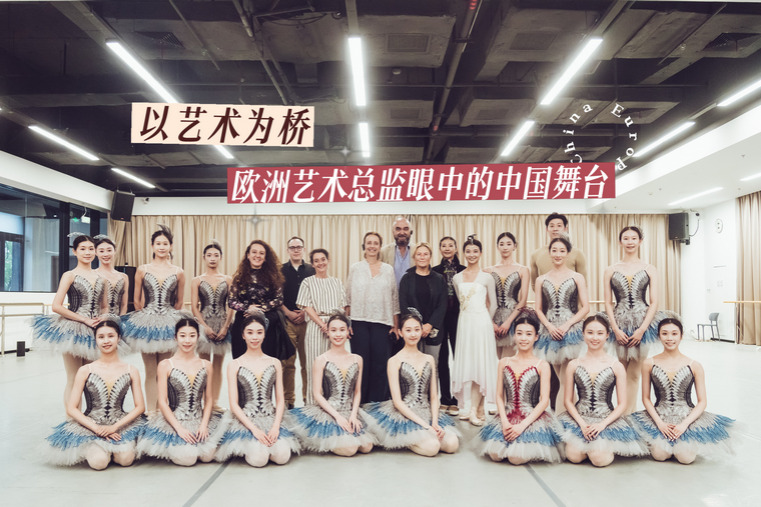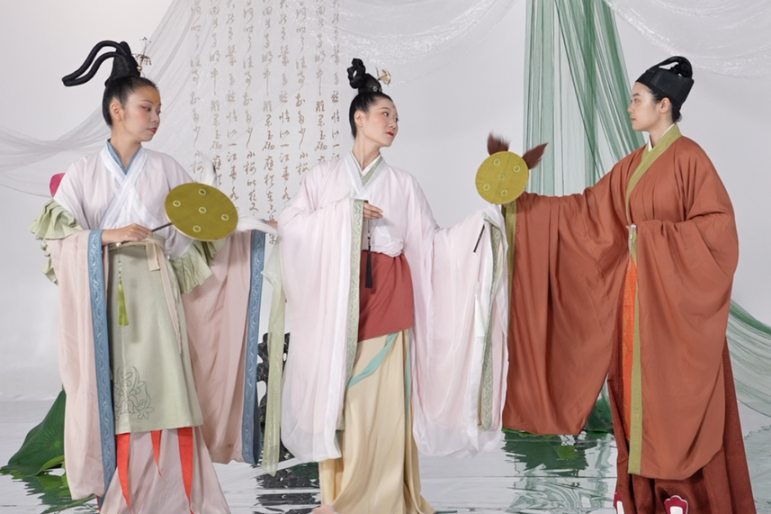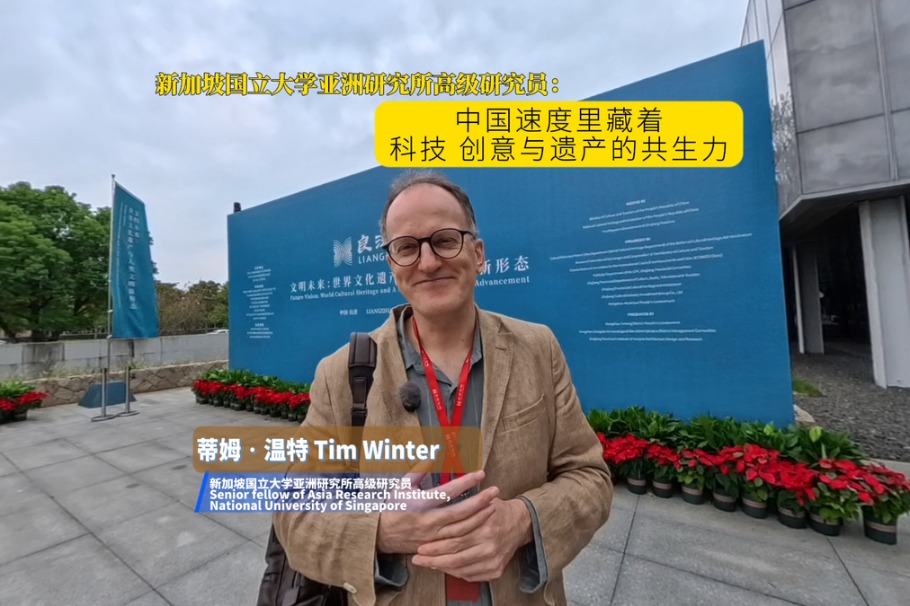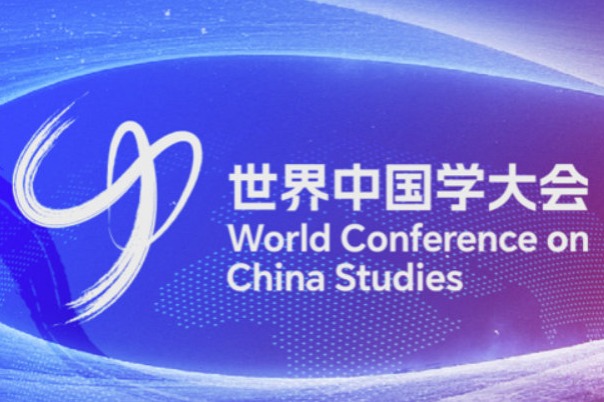Journey of lacquerware through dynasties
Exhibition traces thousands of years of artistry, from craftsmanship and global influence to modern restoration, report Xu Lin and Liu Kun in Wuhan.


Visitors admire the delicate patterns on lacquered plates and bowls, but a collective sense of wonder overcomes them when they stand before a large lacquered screen adorned with scenes of ancient architecture and vivid figures.
China is known as the world's earliest country to discover and utilize natural lacquer. Its tradition of lacquerware dates back about 8,000 years based on solid archaeological findings, and has endured uninterrupted to the present day.
The exhibition The Art of Chinese Lacquerware at the Hubei Provincial Museum in Wuhan, which opened at the end of September and will run until Jan 4, 2026, is being co-hosted by the provincial museum and the Asian Art Museum of San Francisco, in the United States. It demonstrates ancient Chinese and contemporary lacquer art, and the conservation and restoration of excavated lacquer objects.
A total of 180 pieces (sets) are on show, including those in the collection of Hubei Provincial Museum, and dated to the Warring States Period (475-221 BC), Qin (221-206 BC) and Han (206 BC-AD 220) dynasties. These are complemented by 81 pieces (sets) carefully selected from the San Francisco museum's collection, from the Song (960-1279), Yuan (1271-1368), Ming (1368-1644) and Qing (1644-1911) dynasties. The event marks the first large-scale exhibition of the US museum's lacquerware collection.


















